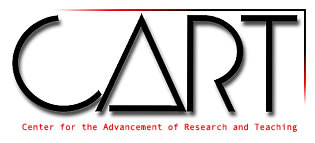Poster: Biogeography and Metacommunity Structure of Rocky Shore Invertebrates in Puerto Rico
Location
Moakley Atrium
Start Time
11-5-2011 4:00 PM
End Time
11-5-2011 5:00 PM
Description
Most ecological studies of marine biodiversity focus on factors that regulate diversity within a locality. However, communities often are linked by the movement of individuals among sites. Hence, our understanding of the factors that determine local biodiversity can be improved by applying a spatially explicit approach that recognizes the importance of interactions among communities. I used such an approach, metacommunity analysis, to examine diversity and species composition of rocky shore communities along the coastline of Puerto Rico. Results suggest that species replaced one another individualistically along an environmental gradient. The ability of species to disperse to a particular location and tolerate environmental conditions there, rather than the effects of interspecific interactions such as competition or predation, probably most strongly drives patterns of community structure in these communities.
Poster: Biogeography and Metacommunity Structure of Rocky Shore Invertebrates in Puerto Rico
Moakley Atrium
Most ecological studies of marine biodiversity focus on factors that regulate diversity within a locality. However, communities often are linked by the movement of individuals among sites. Hence, our understanding of the factors that determine local biodiversity can be improved by applying a spatially explicit approach that recognizes the importance of interactions among communities. I used such an approach, metacommunity analysis, to examine diversity and species composition of rocky shore communities along the coastline of Puerto Rico. Results suggest that species replaced one another individualistically along an environmental gradient. The ability of species to disperse to a particular location and tolerate environmental conditions there, rather than the effects of interspecific interactions such as competition or predation, probably most strongly drives patterns of community structure in these communities.
